How to create virtual focus effect in PS
php editor Xiaoxin introduces to you how to create the virtual focus effect in PS. The defocus effect is a commonly used photo editing technique that can make photos more artistic and focused. In Photoshop, you can easily achieve a defocused effect by using features like filters and layer masks. Through the guidance of this article, you can learn how to create a defocused effect in PS to add more visual appeal to your photos.
PS method of adding a virtual focus effect to charactersRendering picture:
Type 1: Smart Object Gaussian Blur
Step 1: Open the photo, press Ctal J to copy a layer, then right-click the copied layer and select "Convert to Smart Object". Execute Filter - Blur - Gaussian Blur, see if you need to set the pixels, here set 40 pixels, click OK.
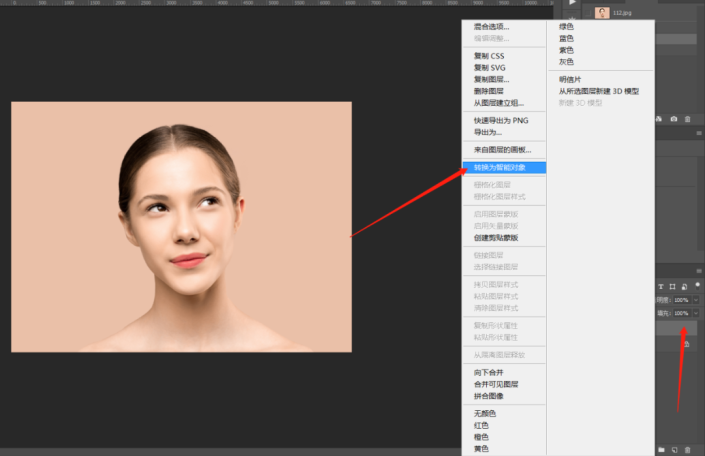
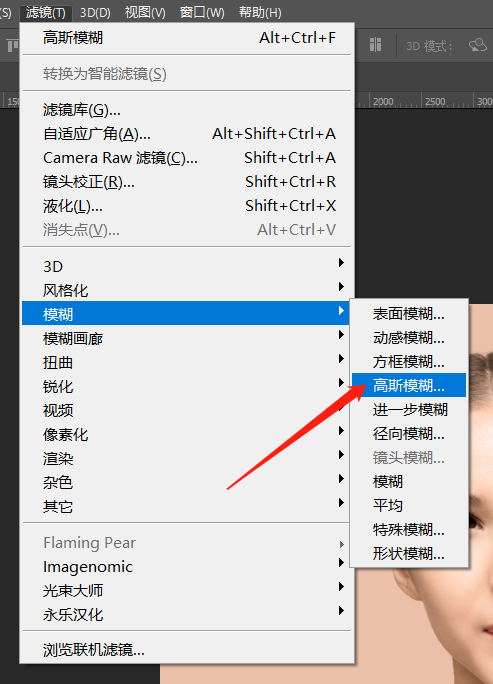
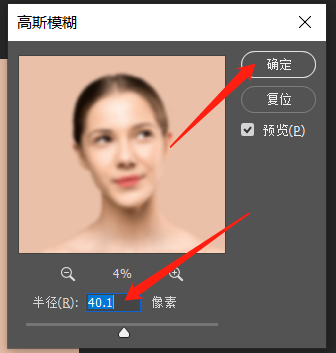
Step 2: Select the gradient tool, double-click the gradient color, and the gradient editor panel will pop up , select the black and white gradient, and click OK. Then select the white frame in front of the smart filter, which is the Gaussian blur mask, use the gradient tool, select the radial gradient, press the , if the gradient is not in place at one time, you can use a brush with a soft edge (hardness of 0), set the foreground color to black, change the opacity and flow appropriately, select the Gaussian blur mask, and then apply on it until you feel that the effect is achieved. .
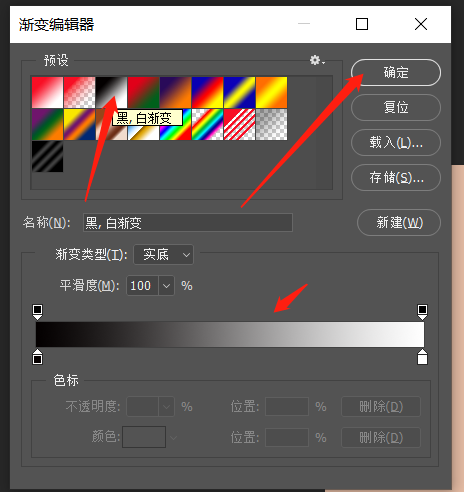
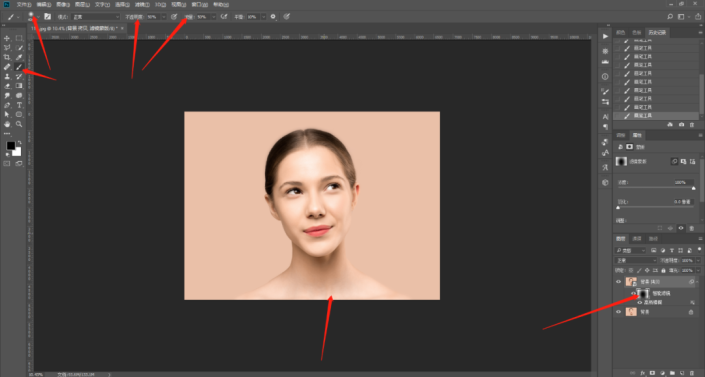
Type 2: Mask Gaussian Blur
Step 1: Still open the photo, copy one layer, and then Directly execute Filter-Blur-Gaussian Blur, here still set 40 pixels, click OK. Then use a brush with a soft edge (hardness 0), set the foreground color to black, change the opacity and flow to 50%, click the camera icon below on the layers panel, add a mask, and then paint with the set brush. Just smear it out if it doesn't need to be out of focus.
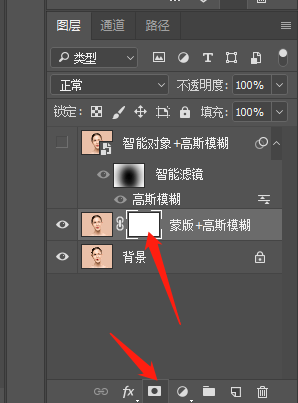
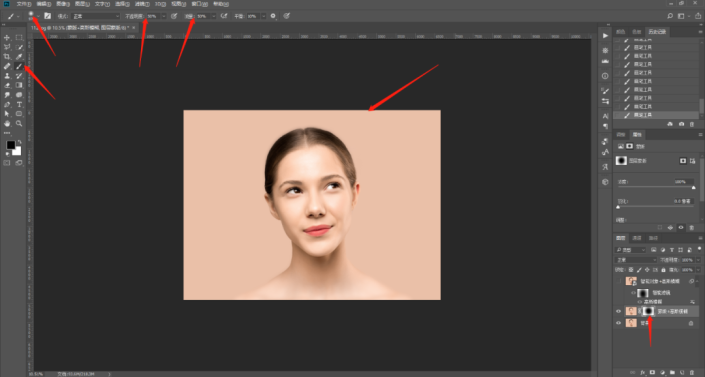
Type 3: Eraser Gaussian Blur
Step 1: Still the same as the second method, open Take the photo, copy a layer, perform Gaussian blur, 40 pixels, then use an eraser, set the hardness to 0, change the opacity and flow appropriately, and apply directly on the layer. If you make a mistake, just go back in the history.
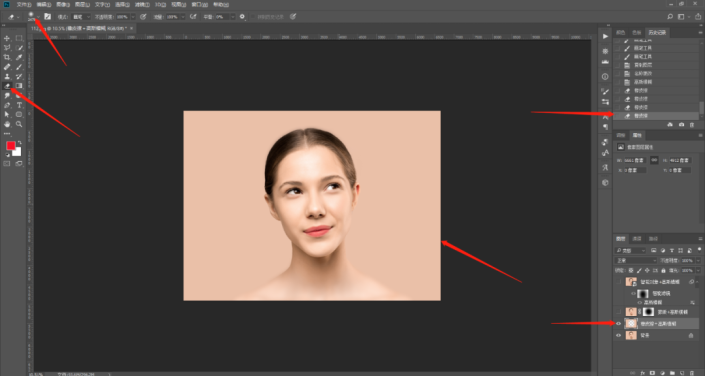
Type 4: Selection Gaussian Blur
Step 1: Open the photo, copy a layer, select the Polygonal Lasso Tool, feather fill 50 pixels, and then Trace out the subject that needs to be highlighted (you can also use the Pen Tool, Quick Selection Tool, or Magic Wand Tool), and press Shift Ctrl i to invert the selection. Execute Filter - Blur - Gaussian Blur, fill in 40 pixels, click OK, and then press Ctrl D to cancel the selection. In this way, the effect of virtual focus comes out,
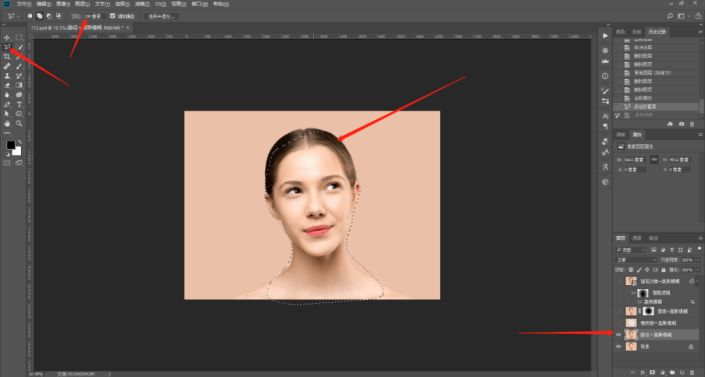
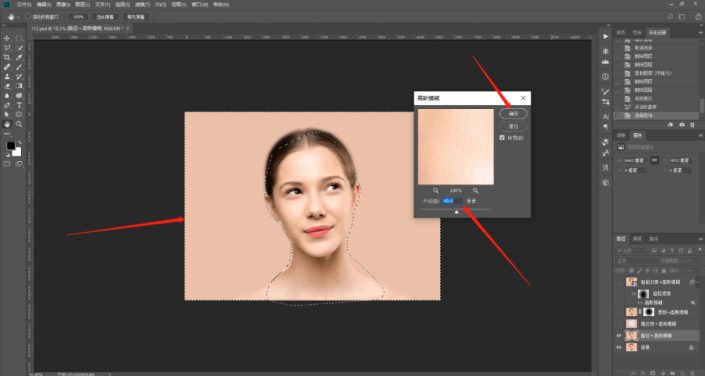
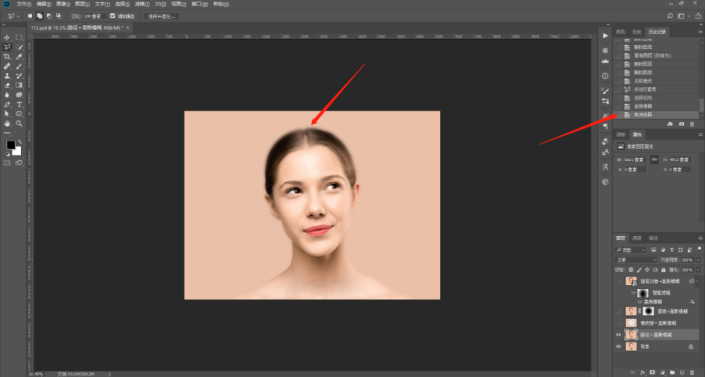
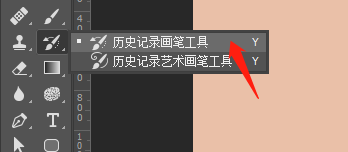
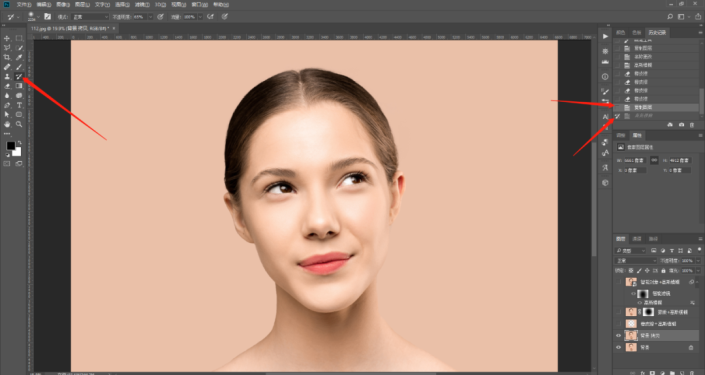
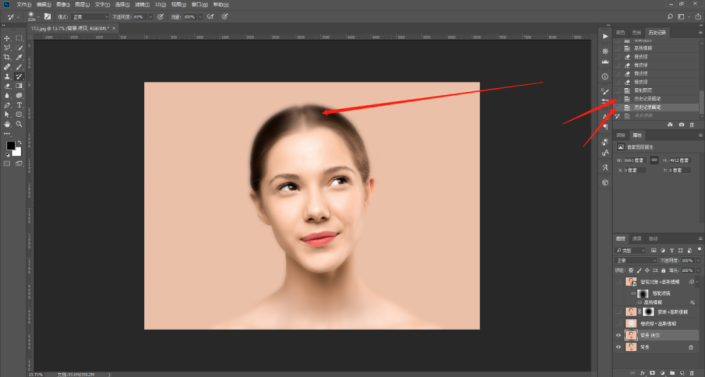 ##Type 6: Lens blur
##Type 6: Lens blurStep 1: Open the photo, copy a layer, then click the camera icon below the layers panel to add a mask, then use the gradient tool, select the radial gradient, select the gradient color from black to white, and then add a mask on the Pull the gradient, and the parts you want to highlight will be black. If the gradient cannot be drawn in some places, you can use a brush to paint them.
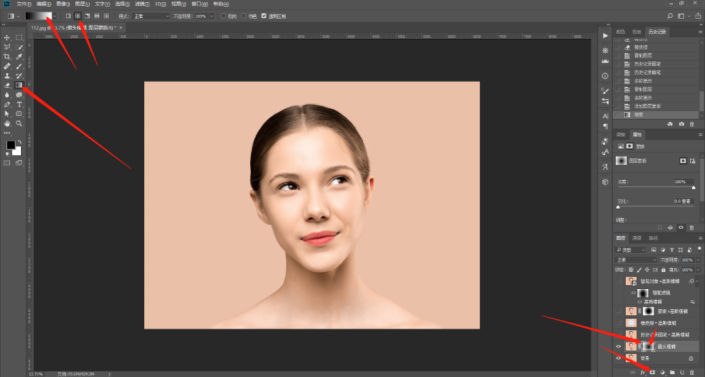
Step 2: Select the copied layer, execute Filter - Blur - Lens Blur, select the layer mask at the source of the lens blur interface, and blur the focus with 50, select six deformations for the shape, select 100 for the radius, click OK, and that's it.
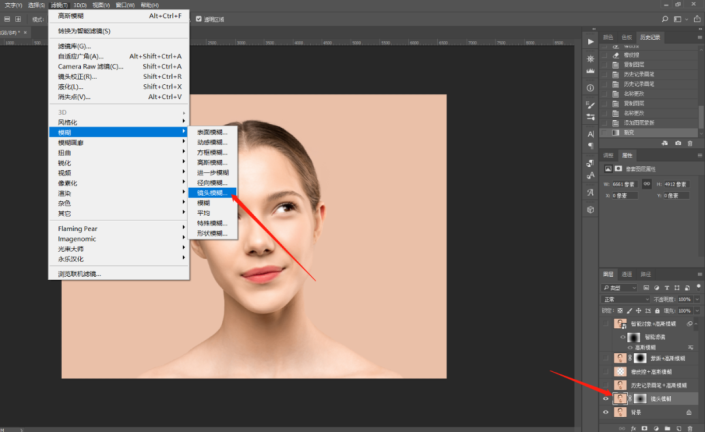
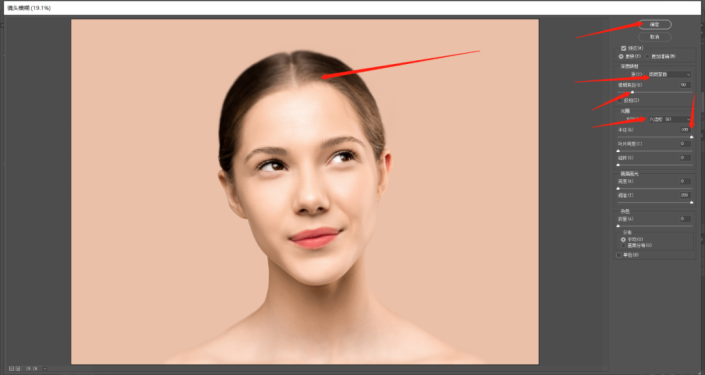
Type 7: Fantasy Soft Focus - Color Filter Gaussian Blur Mask
Step 1: Copy 2 Layer the background photo, change the layer style of the top layer to Screen, then right-click the layer and select Merge Down to brighten the photo.
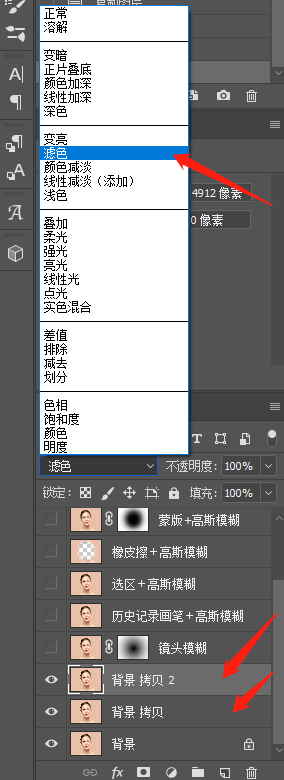

Step 2: Press Ctrl J to copy the layer merged in step 1, and change the layer style to Multiply. Then right-click on the layer and select Merge Down.
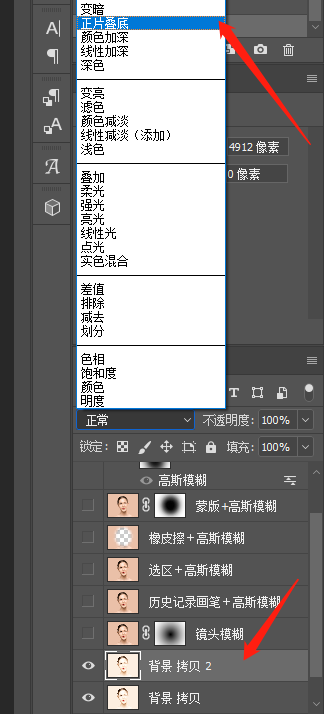
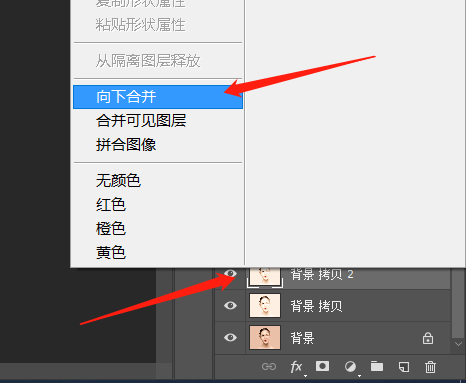
Step 3: Click the camera icon below on the layers panel, add a mask, then use a soft edge brush, and the foreground color is Black, appropriately reduce the opacity and flow. Where the smear needs to be highlighted, the opacity of the mask can also be adjusted according to the effect needs.
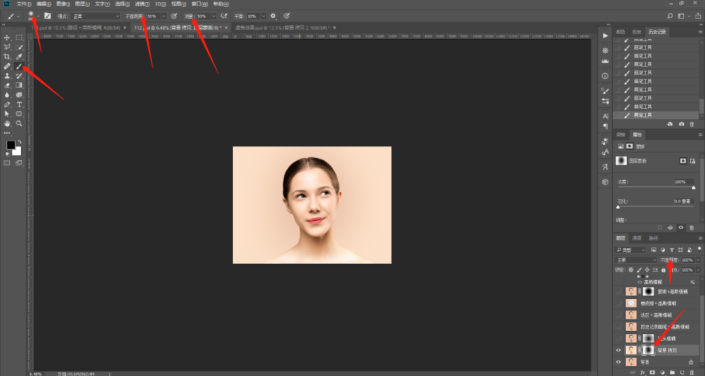
Complete:

PS There are many ways to achieve an effect. From the above 7 methods, To achieve virtual focus, you can consider three aspects: Gaussian blur, lens blur, and layer style combined with Gaussian blur. Interested students can practice it.
The editor brings you the tutorial content information on how to add a defocus effect to characters in PS. If your brothers and sisters want to know more about this game, please bookmark it and follow itthis siteMobile Game Internet Cafe!The above is the detailed content of How to create virtual focus effect in PS. For more information, please follow other related articles on the PHP Chinese website!

Hot AI Tools

Undresser.AI Undress
AI-powered app for creating realistic nude photos

AI Clothes Remover
Online AI tool for removing clothes from photos.

Undress AI Tool
Undress images for free

Clothoff.io
AI clothes remover

Video Face Swap
Swap faces in any video effortlessly with our completely free AI face swap tool!

Hot Article

Hot Tools

Notepad++7.3.1
Easy-to-use and free code editor

SublimeText3 Chinese version
Chinese version, very easy to use

Zend Studio 13.0.1
Powerful PHP integrated development environment

Dreamweaver CS6
Visual web development tools

SublimeText3 Mac version
God-level code editing software (SublimeText3)

Hot Topics
 ps serial number cs5 permanently free 2020
Jul 13, 2023 am 10:06 AM
ps serial number cs5 permanently free 2020
Jul 13, 2023 am 10:06 AM
PS serial numbers cs5 permanent free 2020 include: 1. 1330-1384-7388-4265-2355-8589 (Chinese); 2. 1330-1409-7892-5799-0412-7680 (Chinese); 3. 1330-1616-1993 -8375-9492-6951 (Chinese); 4. 1330-1971-2669-5043-0398-7801 (Chinese), etc.
 What to do if ps installation cannot write registry value error 160
Mar 22, 2023 pm 02:33 PM
What to do if ps installation cannot write registry value error 160
Mar 22, 2023 pm 02:33 PM
Solution to error 160 when ps installation cannot write registry value: 1. Check whether there is 2345 software on the computer, and if so, uninstall the software; 2. Press "Win+R" and enter "Regedit" to open the system registry, and then Find "Photoshop.exe" and delete the Photoshop item.
 How to delete selected area in ps
Aug 07, 2023 pm 01:46 PM
How to delete selected area in ps
Aug 07, 2023 pm 01:46 PM
Steps to delete the selected area in PS: 1. Open the picture you want to edit; 2. Use the appropriate tool to create a selection; 3. You can use a variety of methods to delete the content in the selection, use the "Delete" key, use the "Healing Brush Tool" , use "Content-Aware Fill", use the "Stamp Tool", etc.; 4. Use tools to repair any obvious traces or defects to make the picture look more natural; 5. After completing editing, click "File" > in the menu bar "Save" to save the editing results.
 What should I do if the PS interface font is too small?
Dec 01, 2022 am 11:31 AM
What should I do if the PS interface font is too small?
Dec 01, 2022 am 11:31 AM
How to fix the PS interface font that is too small: 1. Open PS, click the "Edit" button on the top menu bar of PS to expand the editing menu; 2. Click the "Preferences" button in the expanded editing menu, and then click "Interface. .." button; 3. In the interface settings, set the user interface font size to "Large", set the UI scaling to "200%" and save the settings, then restart PS to take effect.
 Introduction to the process of extracting line drawings in PS
Apr 01, 2024 pm 12:51 PM
Introduction to the process of extracting line drawings in PS
Apr 01, 2024 pm 12:51 PM
1. Open the software and import a piece of material, as shown in the picture below. 2. Then ctrl+shift+u to remove color. 3. Then press ctrl+J to copy the layer. 4. Then reverse ctrl+I, and then set the layer blending mode to Color Dodge. 5. Click Filter--Others--Minimum. 6. In the pop-up dialog box, set the radius to 2 and click OK. 7. Finally, you can see the line draft extracted.
 How to automate tasks using PowerShell
Feb 20, 2024 pm 01:51 PM
How to automate tasks using PowerShell
Feb 20, 2024 pm 01:51 PM
If you are an IT administrator or technology expert, you must be aware of the importance of automation. Especially for Windows users, Microsoft PowerShell is one of the best automation tools. Microsoft offers a variety of tools for your automation needs, without the need to install third-party applications. This guide will detail how to leverage PowerShell to automate tasks. What is a PowerShell script? If you have experience using PowerShell, you may have used commands to configure your operating system. A script is a collection of these commands in a .ps1 file. .ps1 files contain scripts executed by PowerShell, such as basic Get-Help
 Complete list of ps shortcut keys
Mar 11, 2024 pm 04:31 PM
Complete list of ps shortcut keys
Mar 11, 2024 pm 04:31 PM
1. Ctrl + N: Create a new document. 2. Ctrl + O: Open a file. 3. Ctrl + S: Save the current file. 4. Ctrl + Shift + S: Save as. 5. Ctrl + W: Close the current document. 6. Ctrl + Q: Exit Photoshop. 7. Ctrl + Z: Undo. 8. Ctrl + Y: Redo. 9. Ctrl + X: Cut the selected content. 10. Ctrl + C: Copy the selected content.
 What is the ps curve shortcut key?
Aug 22, 2023 am 10:44 AM
What is the ps curve shortcut key?
Aug 22, 2023 am 10:44 AM
The ps curve shortcut key is Ctrl+M. Other curve shortcut keys: 1. Convert to point control curve, Alt+Shift+Ctrl+T; 2. Automatically align the curve, Alt+Shift+Ctrl+O; 3. Restore the default curve, Ctrl+Alt+Shift+R; 4. Copy the curve, Ctrl+Alt+Shift+C; 5. Paste the curve, Ctrl+Alt+Shift+V; 6. Adjust the curve slope, Shift+up and down arrows; 7. Adjust the curve brightness, Shift+left and right arrows






